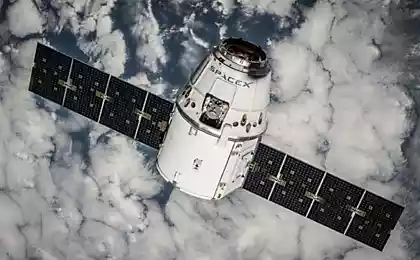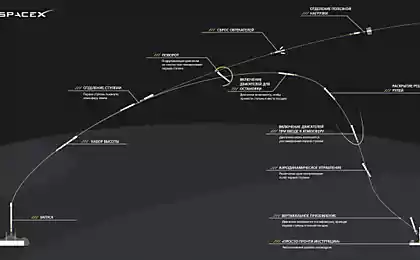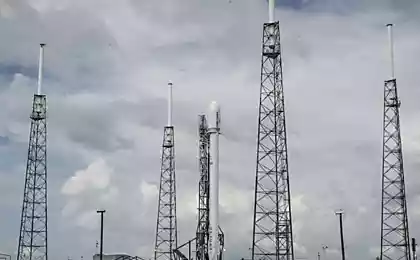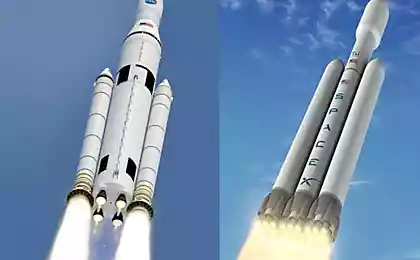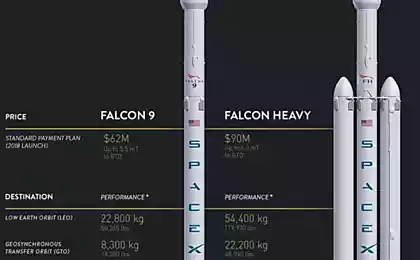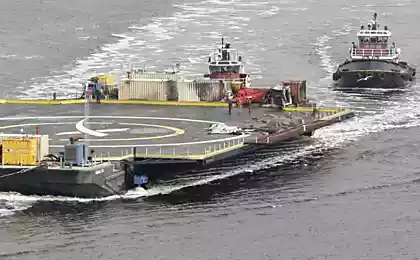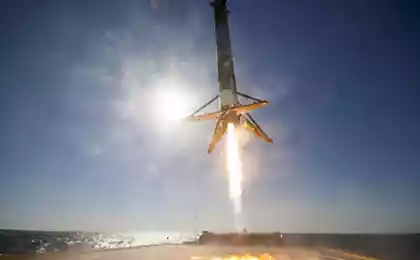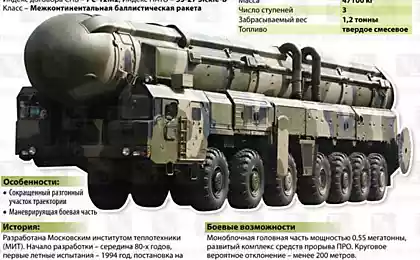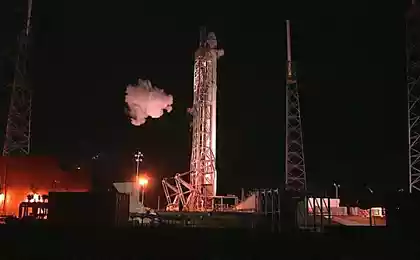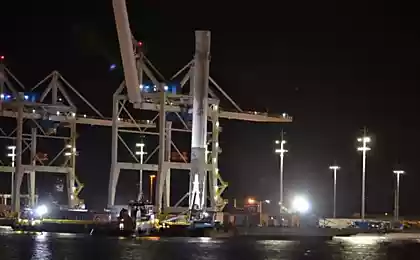357
SpaceX told how and where it is planned to land the spent stages of the Falcon Heavy

About a week ago, Geektimes published information about what plans SpaceX has for this year. In particular, Elon Musk said that in a few months the company is going to carry out a test launch of the super-heavy rocket Falcon Heavy. The carrying capacity of the new launch vehicle is 54.4 tons. It is planned that the Falcon Heavy will deliver a cargo of this mass to a low reference orbit. With its help, it is possible to send 21.2 tons of payload to a geotransfer orbit and about 13 tons of cargo to Mars. The Falcon Heavy is coming to an end.
The cost of launching this carrier rocket, the company's specialists estimate at about $ 90 million. Details of the test launch of the rocket, however, the company did not disclose. Recently, there was a little more information about what roadmap SpaceX provides for the rocket. In particular, the company, in order to obtain approval from the federal authorities for the launch, conducts an environmental impact assessment of the launch pads. In addition to the existing, SpaceX is preparing two more sites.
465162
As part of the assessment, SpaceX is examining noise levels when launching all three stages for the Falcon Heavy, plus a number of other factors. Based on the results of the preparation of the launch pads, the company prepared an open report. The document says that the first run stages will begin in the early spring of this year. SpaceX plans to land all three stages. The company already has the experience of successfully (and not so) returning the first stages of launch vehicles, so now the team involved in the preparation and implementation of launches is going to try to return all three stages to Earth intact at the same time.
The fact is that the Falcon Heavy is planned to be launched precisely in order to return the specified elements of the rocket design to Earth. Basically, this, according to the company's engineers, will help reduce the cost of launches, and, as mentioned above, the cost reduction is very significant. "This will help the company perform NASA and USAF missions," SpaceX said in the document. “Our actions must be in line with U.S. expectations that the delivery of cargo into space could be reduced, making space exploration more accessible.”
The company mentions that soon it is planned to build a site to work with the Dragon capsule. The Dragon 2 spacecraft, according to SpaceX, will send teams of astronauts into orbit. The site will be used to load the ship with fuel and maintain the engine system.

When the company created the main site of Landing Zone 1, it was decided to organize four support sites. All of them are used for certain purposes: maintenance of missile elements and the like.
Now we need more platforms on which we can plant all three steps at the same time. That is, in addition to Landing Zone 1, you need two more “landing places” for the other two stages of the carrier rocket Falcon Heavy. In addition to land, SpaceX has an alternative option - to try to land some steps on barges, now located in the Atlantic Ocean.
The document also contains data on the number of possible launches of the Falcon 9 and Falcon Heavy. As far as can be judged, the regulator allowed the company to make 12 launches and landings of the Falcon 9 carrier rocket and its stages, as well as, additionally, 6 launches of the Falcon Heavy with the potential of returning 18 launch stages of this rocket per year (6 launches of 3 stages in each - 18 stages in the overall standings).
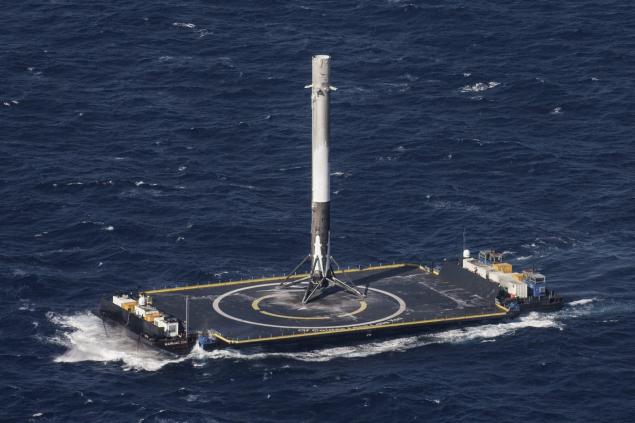
If the regulator does not approve the creation of two more landing sites by SpaceX, the company will still be able to launch both launch vehicles from Florida. Only one step can be returned to Landing Zone 1. “The remaining stages of the Falcon Heavy will either fall into the Atlantic Ocean or be planted on a floating platform,” the document says. Now, after the company managed to land the returned stages several times in a row both on a solid ground and on a floating platform, we can assume the success of SpaceX in landing three stages simultaneously with a high degree of probability.
Source: geektimes.ru/post/284528/
Opera introduced a new browser Neon
GTA V connected to the platform OpenAI Universe for teaching AI autopilot

